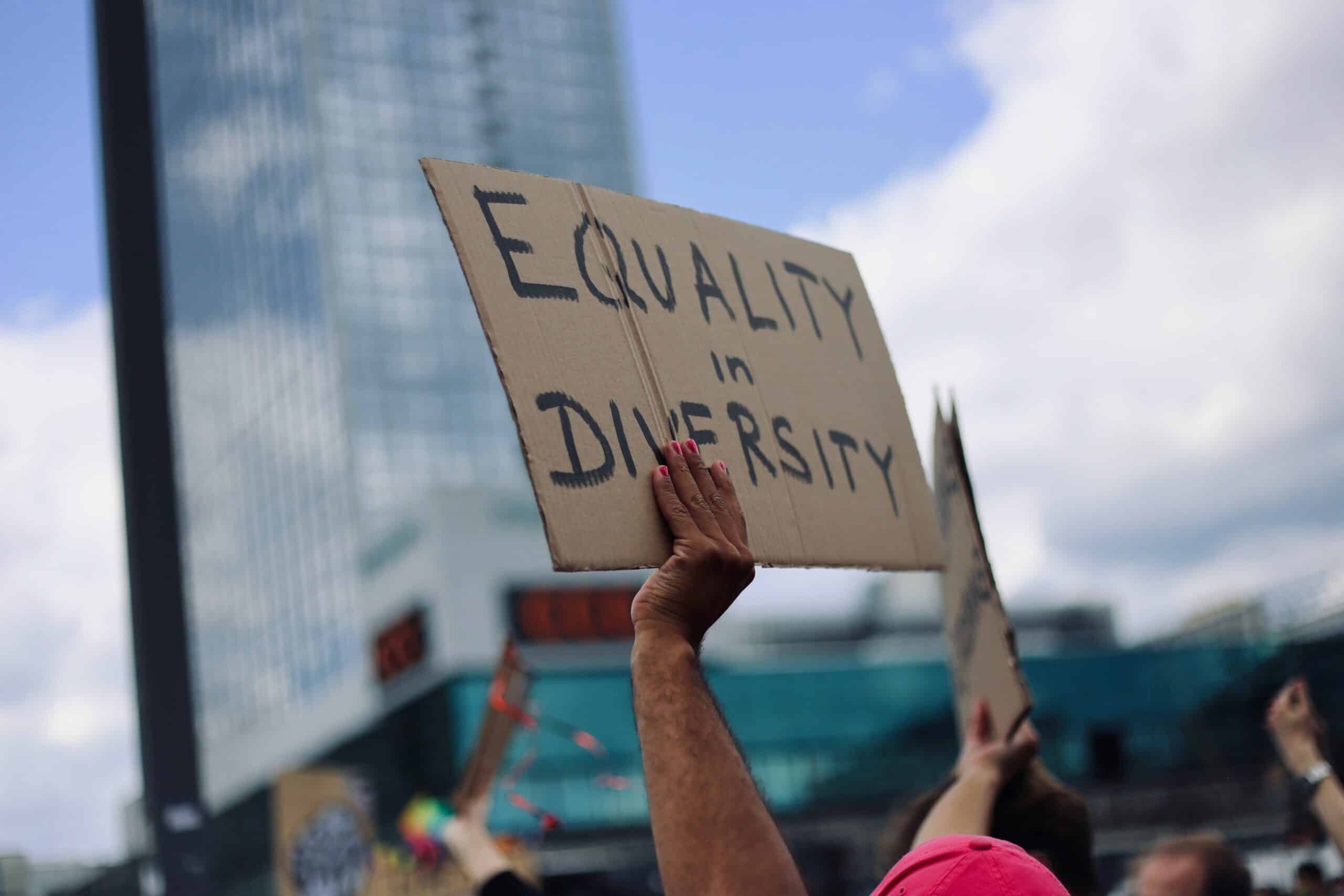Talent Management
HR Marketing: Making your corporate brand unique.
5 November 2018
Making your corporate brand exclusive to recruitment is an obsolete practice that unfortunately dominates many organizations. The talent war is, admittedly, alive and well; making for a perfect opportunity for corporate branding practices. Broadening this brand to attract qualified candidates is a sign of progress, but it is still far from delivering perfection. Molding it in a more global way has now become a necessity.
If one of Marketing’s primary challenges is to know and understand the market, competitors and environment, it must also do the same for targets of your brand. For example, if your corporate brand is limited to the confines of talent acquisition, it then neglects other stakeholders such as employees, management, shareholders, consumers, etc. Moreover, digital media has created a consistency between the various brands of a company that now can be exploited.
Consistency between corporate and other brands
There now exist more and more similarities between brand-specific marketing practices and HR marketing.
Employees have now become corporate ambassadors through heavy social media use: they will recommend, discuss or rate their company via sites like Glassdoor. Employees will also tend to discuss the work environment and how the company opts to develop an employee’s skills or career – essentially promoting the core values. It is all an open conversation.
More than ever now, employees also serve as ambassadors for the corporate brand. For example, a dinner guest speaking favorably or unfavorably of their employer or their job, would create either a positive or disdainful perception of the company. How then, can we have both the commercial and corporate brand function independently?
A new step for the employer brand
We’ve come to a time in which companies must now start thinking in terms of global and inclusive branding. The societal, employer and commercial image have now become dependent of one another and will reflect on your HR brand. Since your HR brand goes far beyond your corporate brand alone, it must be enhanced by other brands. The challenge? Building true consistency between all corporate brands to create and develop a general brand image – one that is from the perspectives of candidates, employees, stakeholders, or consumers.
Some things indicate that we are on the right track. HR efforts are increasingly reflected in the brand image by the stakeholders who invest in them. For instance, do you have a proper career site? We must stop thinking so one-dimensionally and consider the fact that the HR brand is an integral force of the overall image; one that must be consistently developed on all fronts. For example, a women’s fashion company that promotes women’s freedom and encourages autonomy and independence, would want to create a corporate brand that promotes gender equality, women’s rights and employee autonomy. Communication with candidates and prospects during the process – or nurturing of them also speaks a lot about who you are as an organization. Do you have a system in place? Language matters, how do you communicate when an application is received or reviewed? Do you automate responses?
Because this is most likely to directly (or indirectly) influence most targets, your employer image can become tomorrow’s cornerstone of consistent corporate images.
Consistency – the key to a strong corporate brand image
Building overall coherence depends on the communication between the organization’s many directions. A mature organization with fluid communication, where everyone shares the same fundamentals -regarding products, values, culture, processes – will be more efficient and benefit from increased marketing power. This, in turn, will drive talent acquisition, social image and even better sales.
When considering a new approach to the corporate image, why not question the notion of “internal customers,” which have seemingly become a leitmotif of HR marketing? In this sense, management, along with the HRD, would also be in the service of their employees: the internal customers who must be satisfied. However, since an employee is not a customer per se, the marketer’s goal is to leverage frustration by creating endless “new” needs; whether real or artificial. The Human Resources Department on the other hand, acts more as a designer than a marketer; they do not sell anything but strive to retain the best talent through ensuring situations are made more comfortable, solving issues or anticipating the usage of benefits to make things more enjoyable. If HR must formalize their HR offerings via marketing techniques (promises, differentiators, distribution channels etc.), they are able to proceed without considering employees as customers.
One limitation of marketing applied to HR, is that employees cannot consider themselves as customers. Isn’t it more than that? Without referring to family, which would be an exaggerated and archaic view of companies today, employees as leaders are representative of a community of interests: they share common objectives, of which, the company’s success would occupy first place. A company’s global brand image is carried by all of its brands, and ideally, by its population. Thus, making the corporate brand a veritable “meta-brand,” to be consistently reflected by other brands’ communications, and more than just a reflection of the current HR policies being enforced by the company ; it would guarantee the overall coherence of each organization.
Find out more about how to better manage your workforce from hire to retire, with a modern Talent Management Suite designed to fit your industry best practices.


